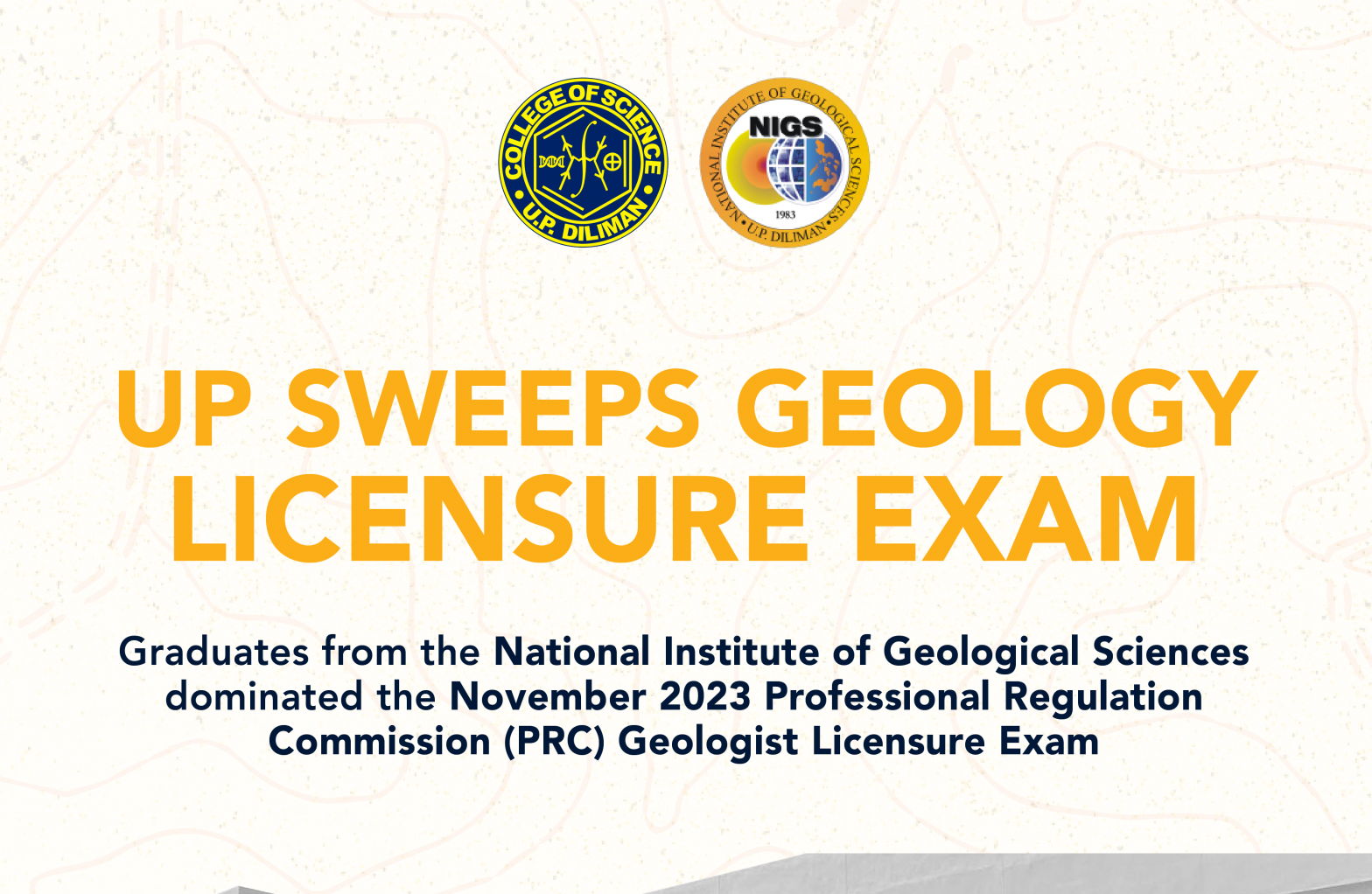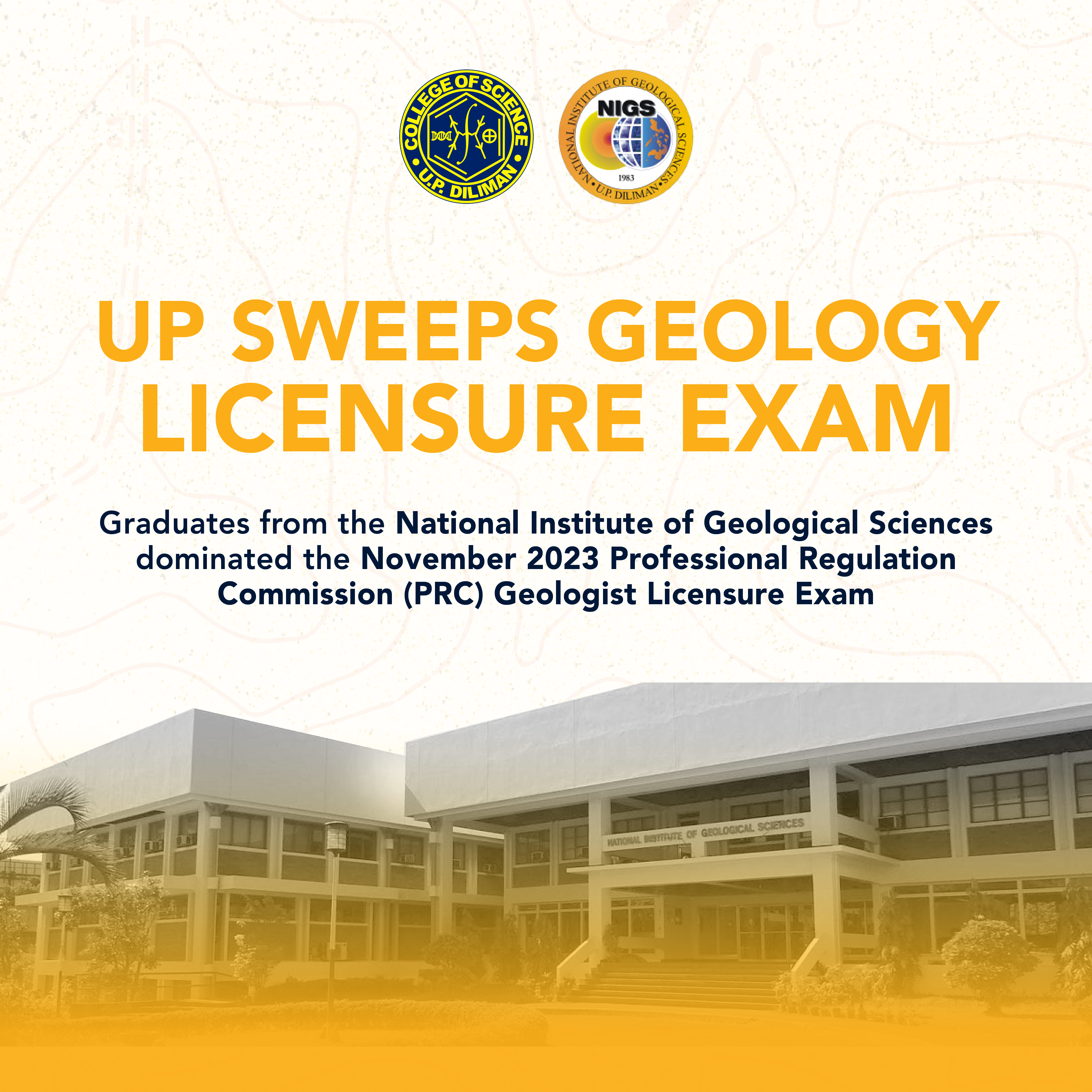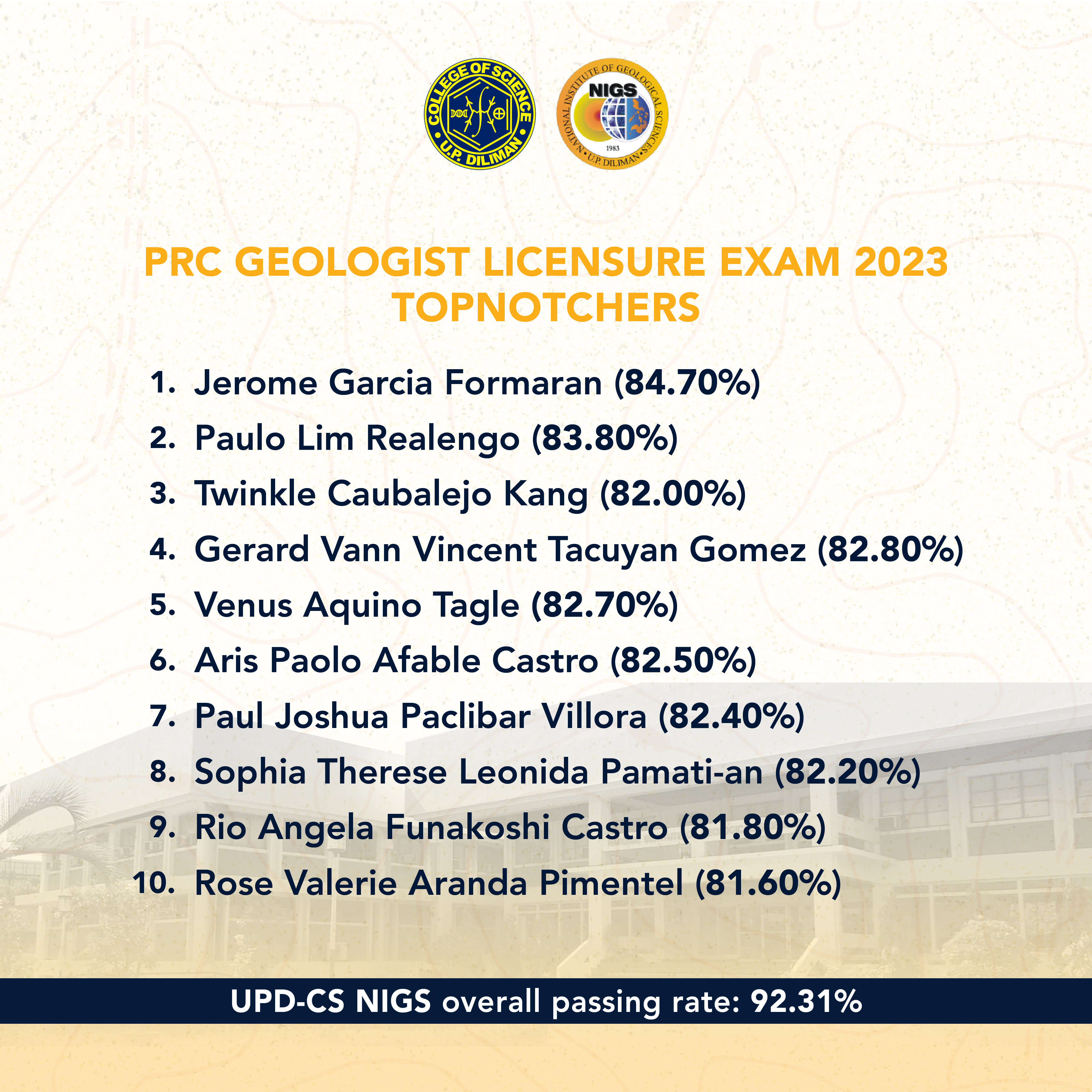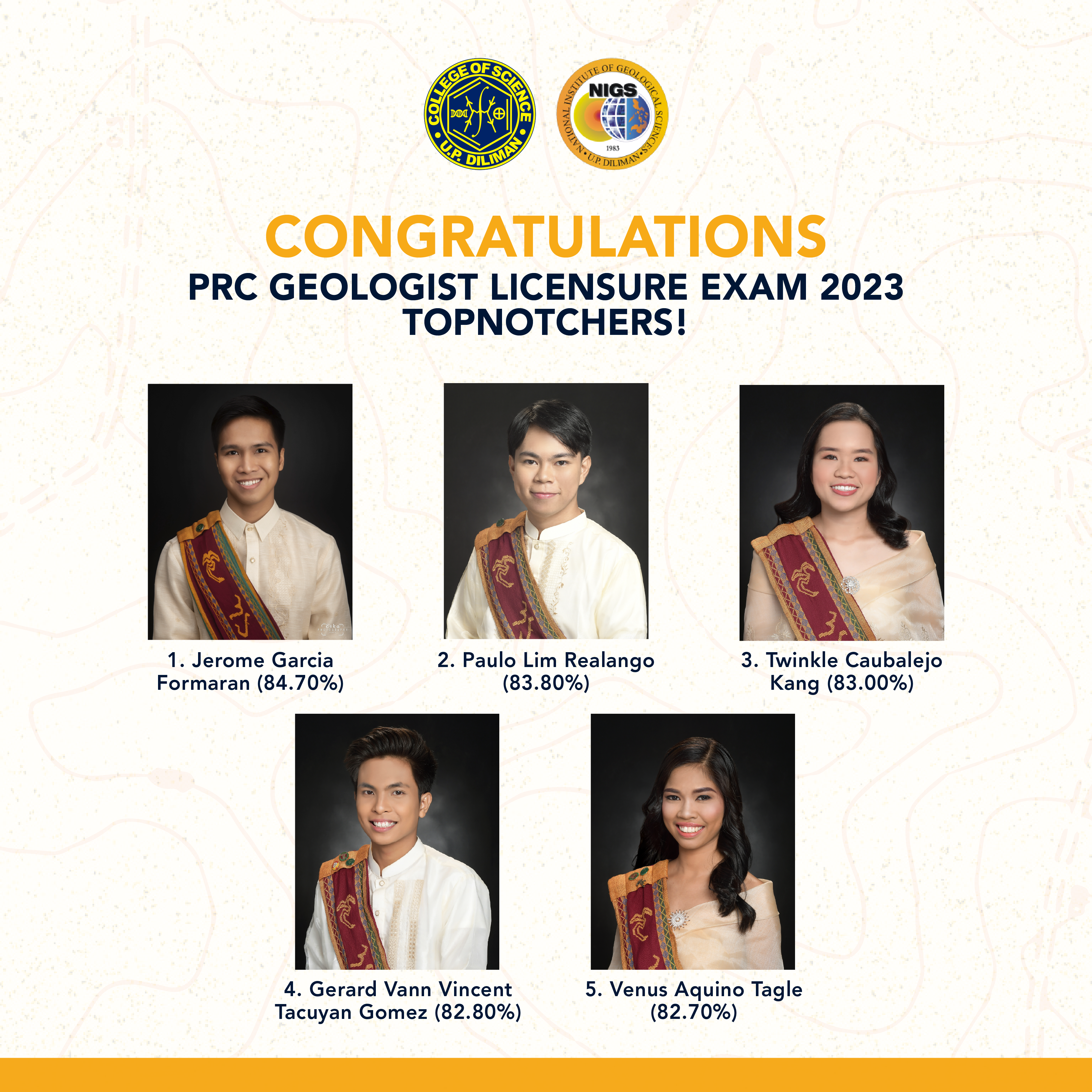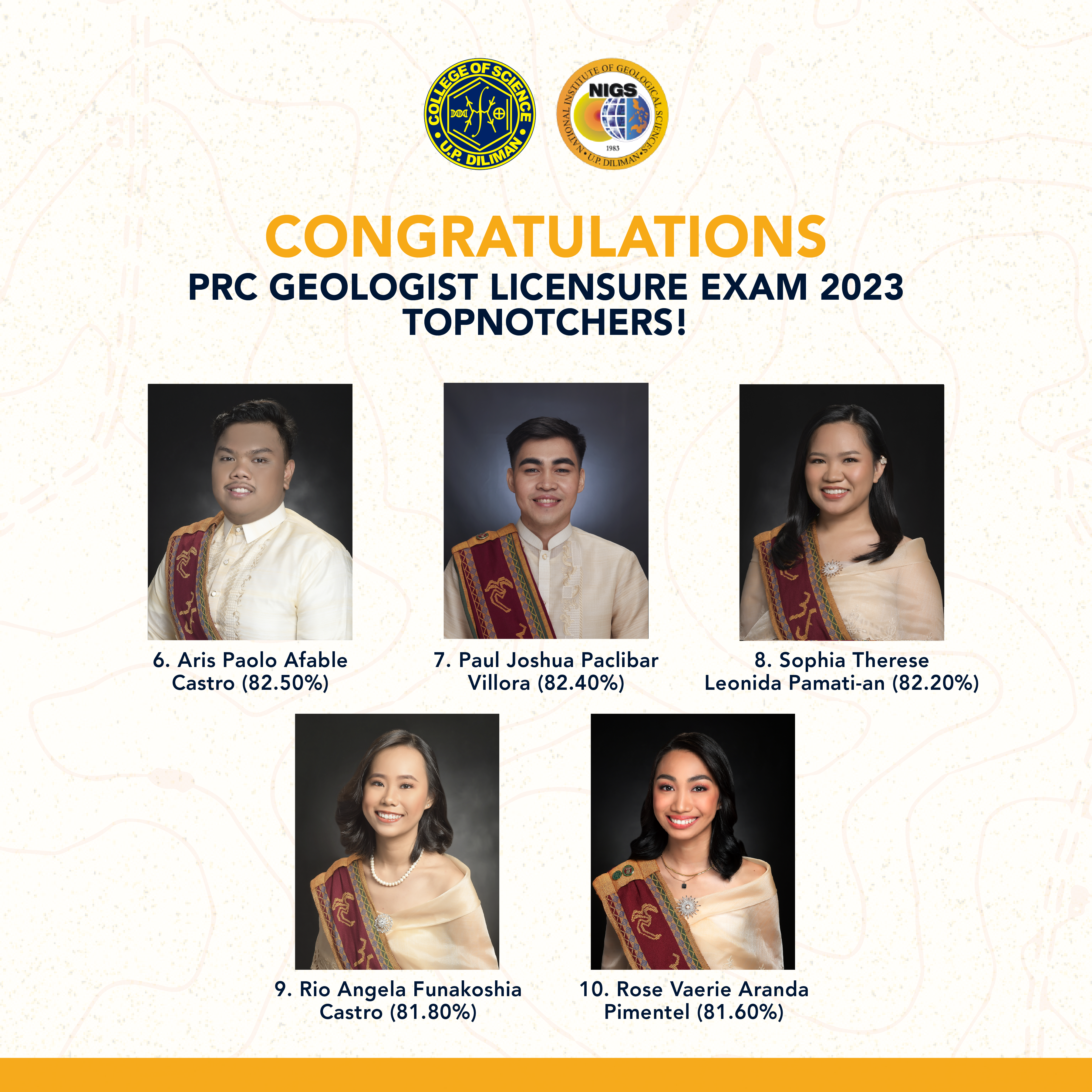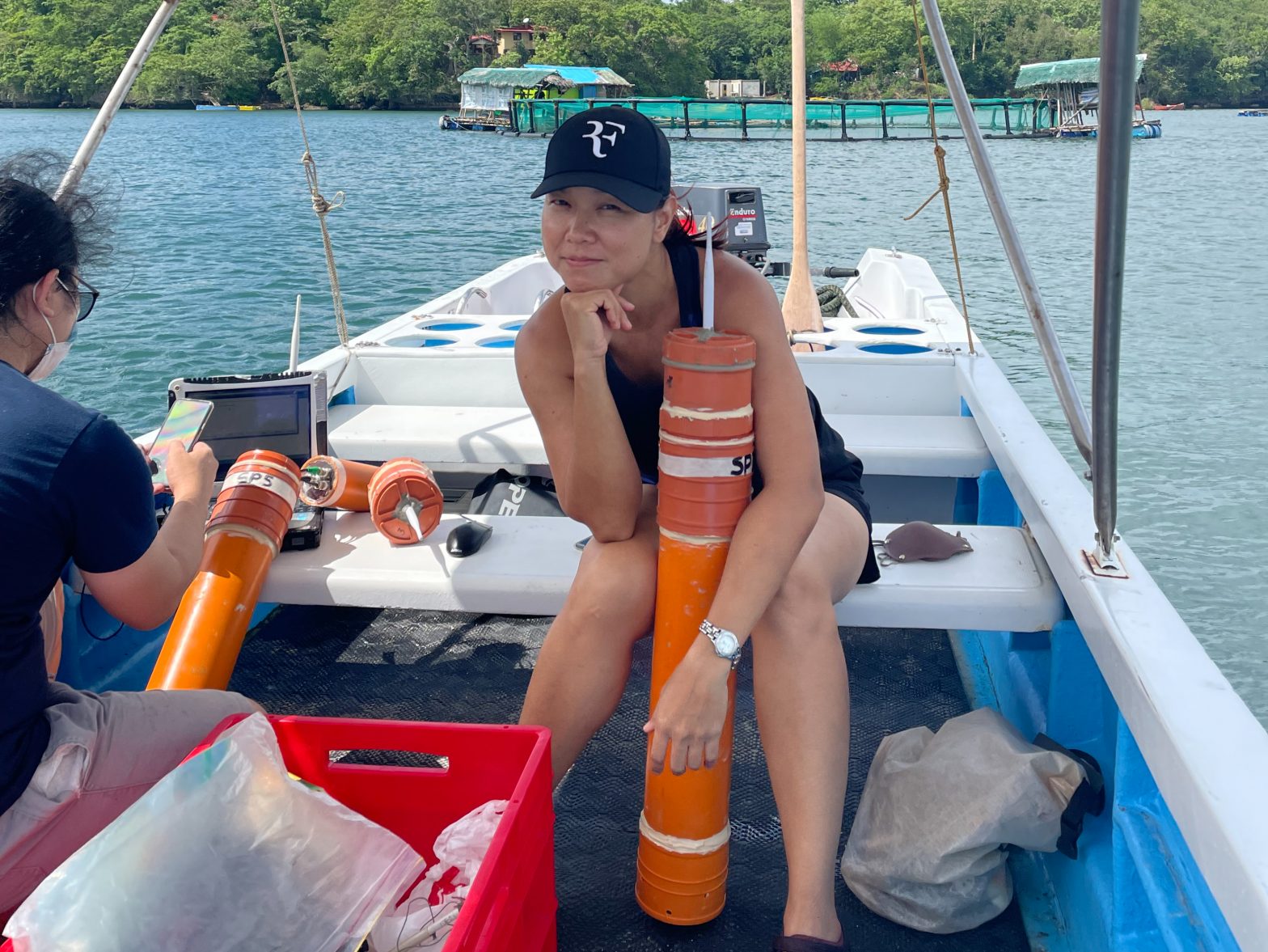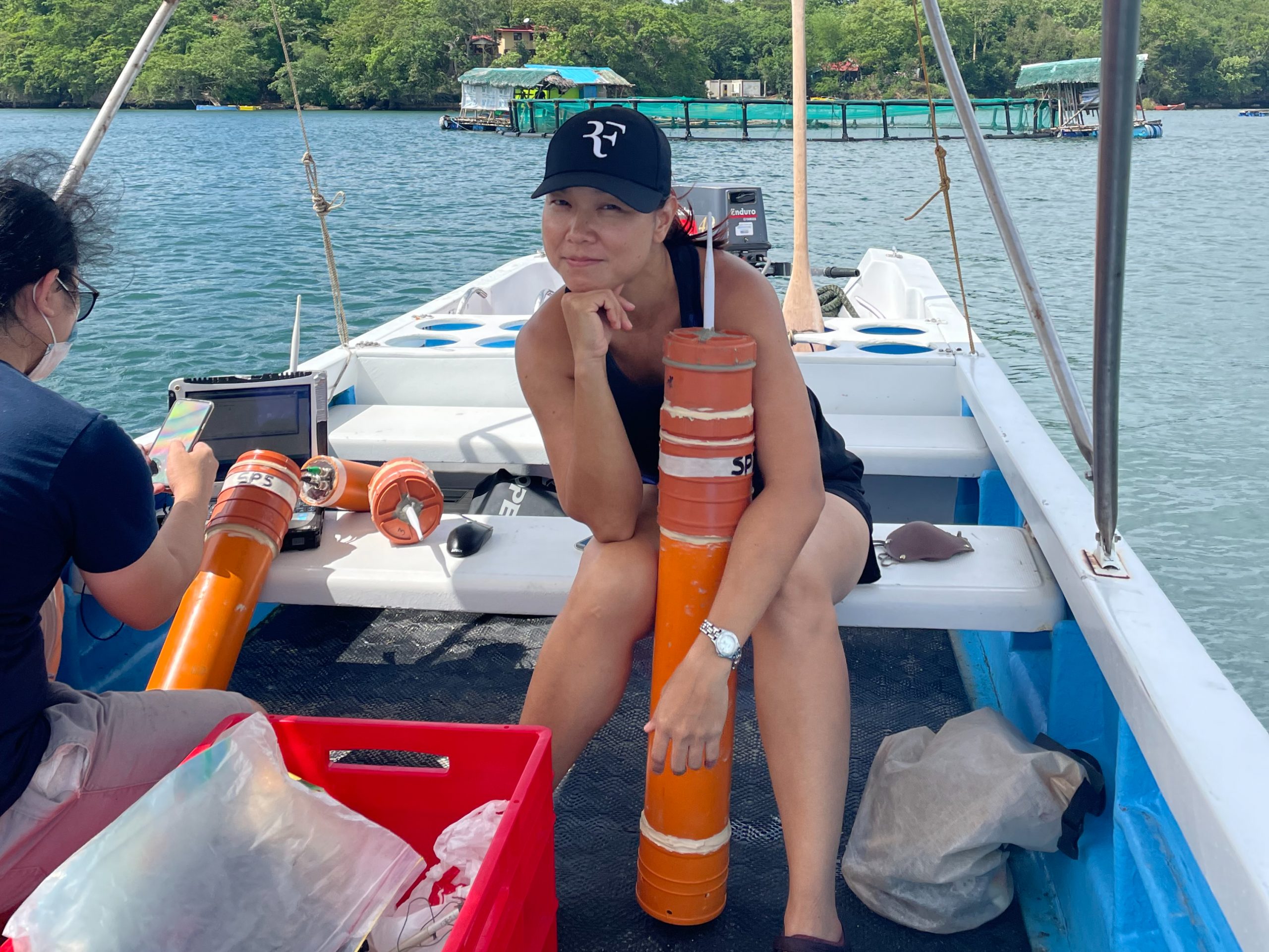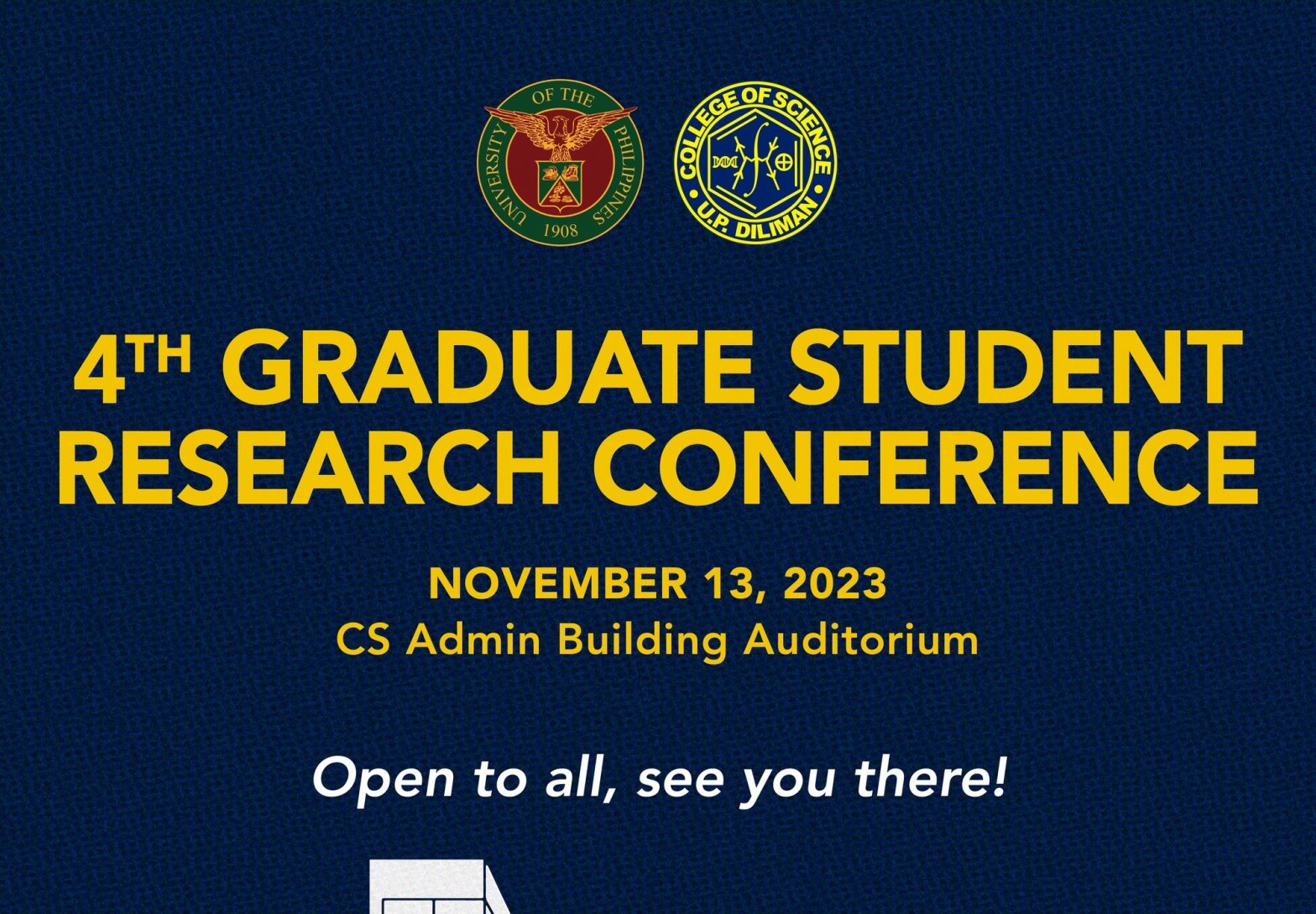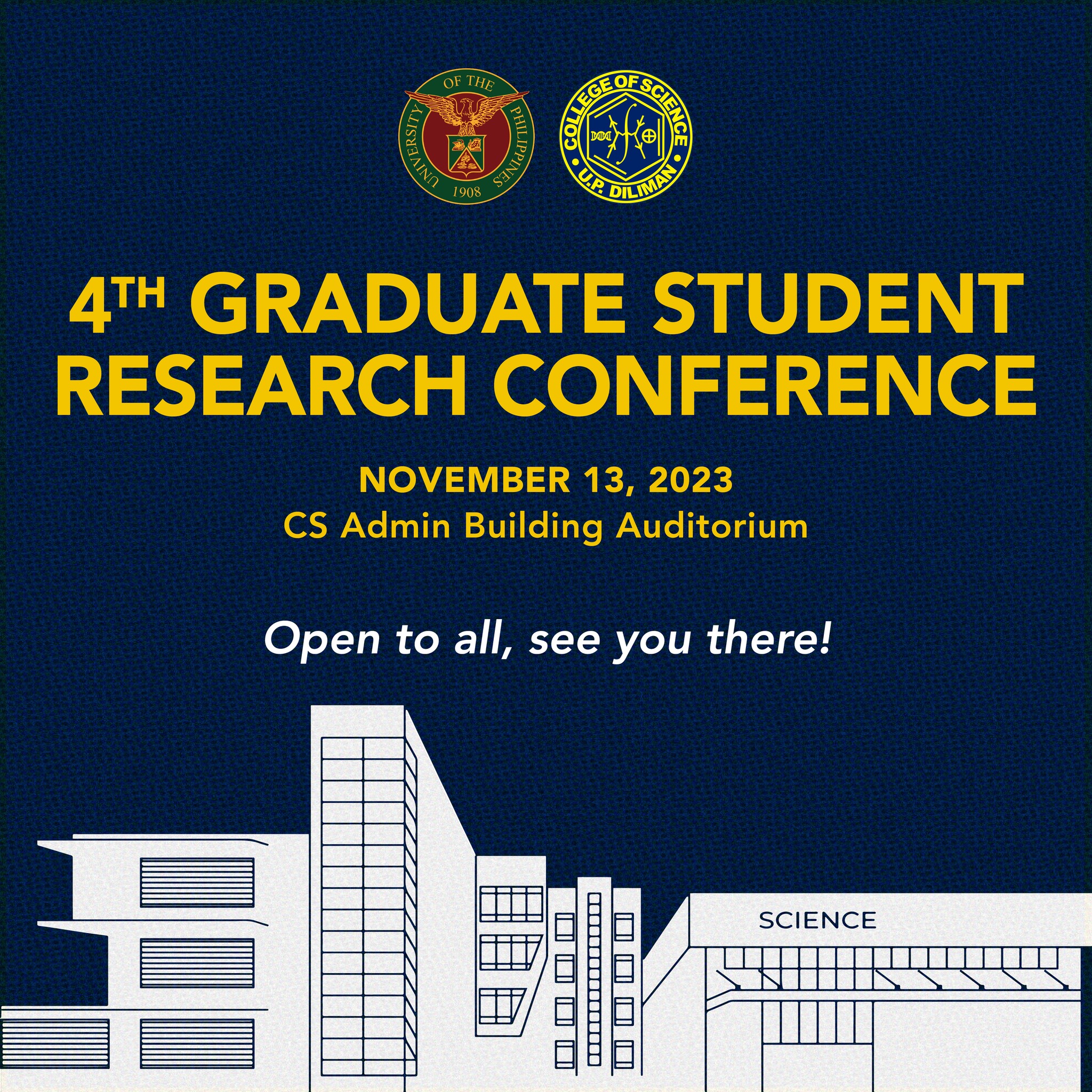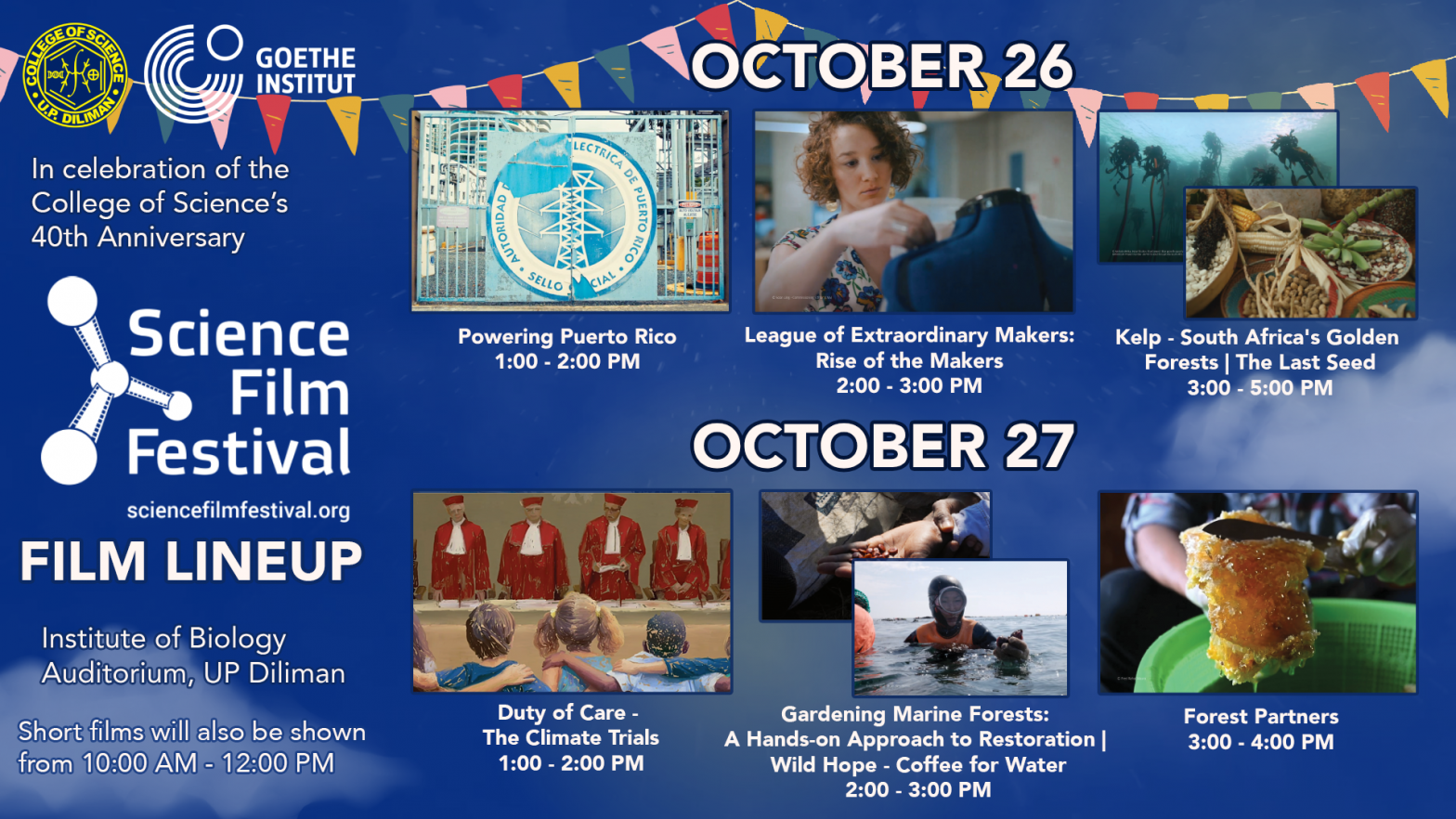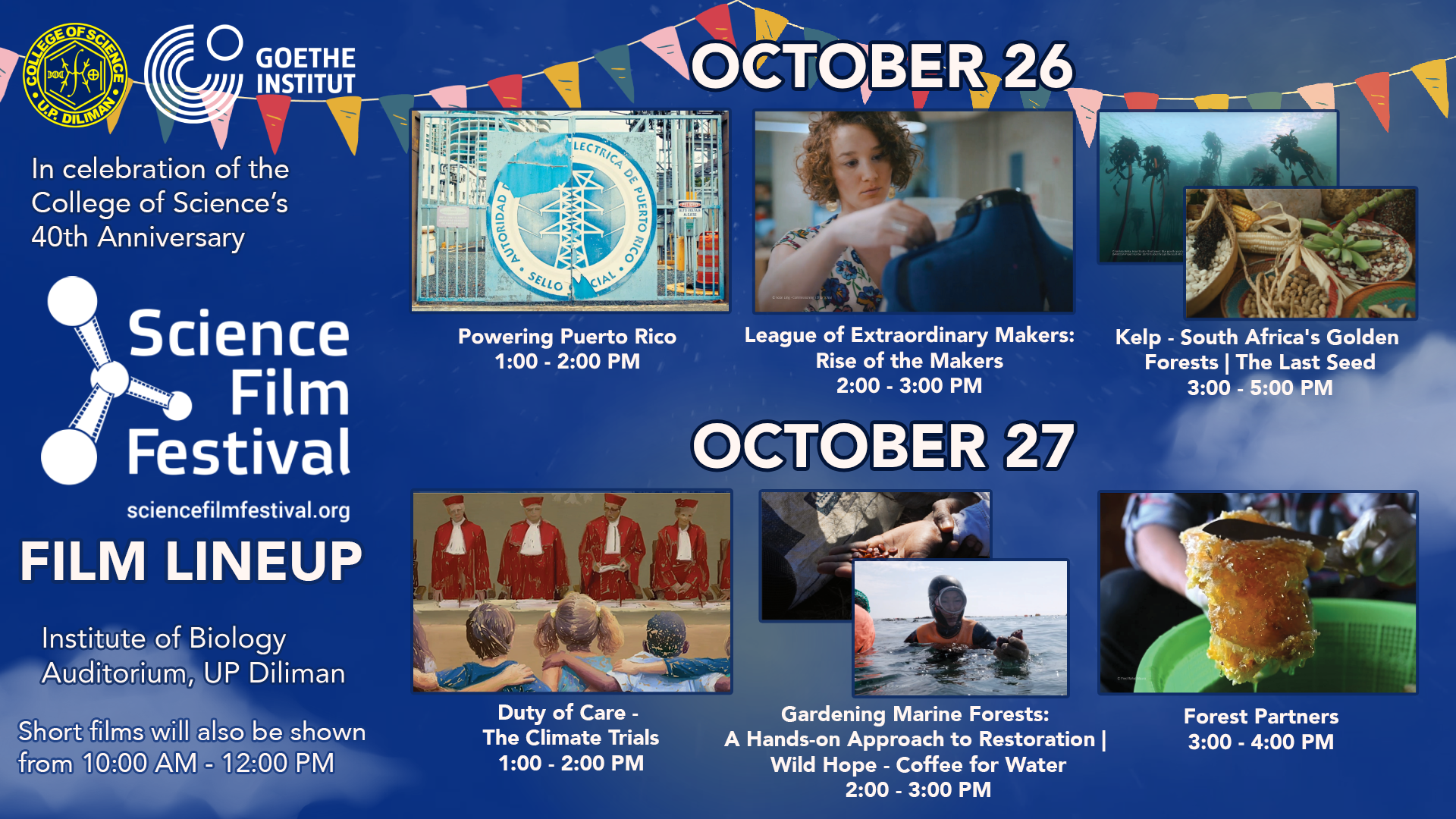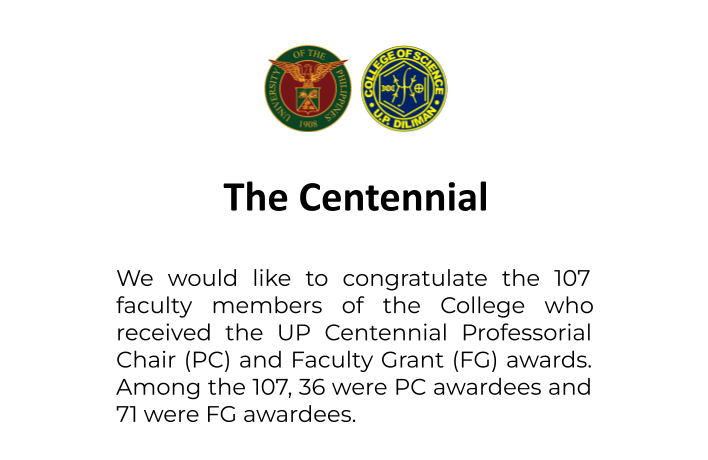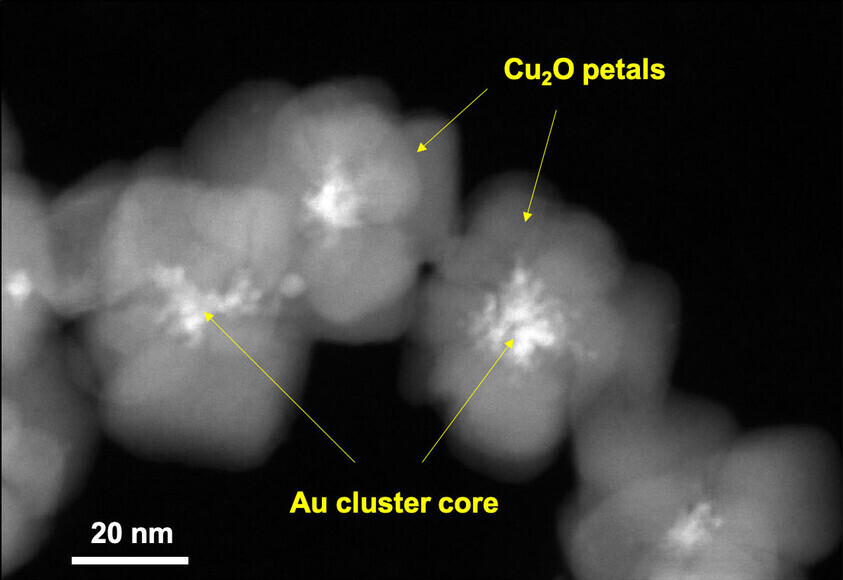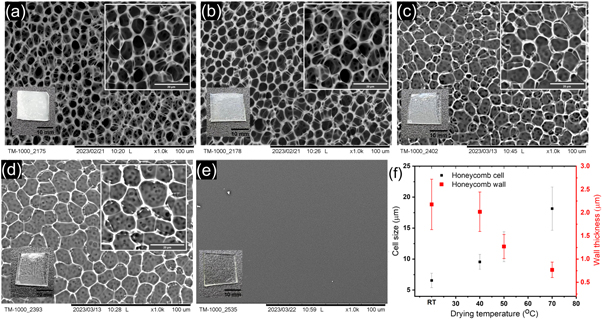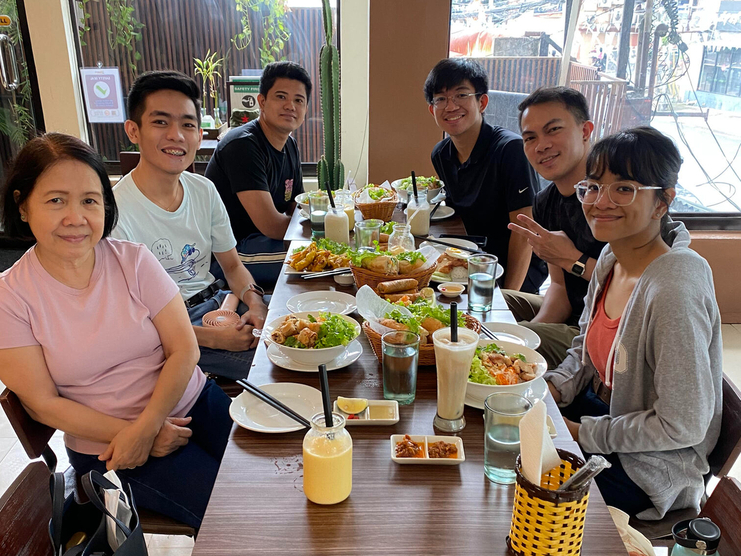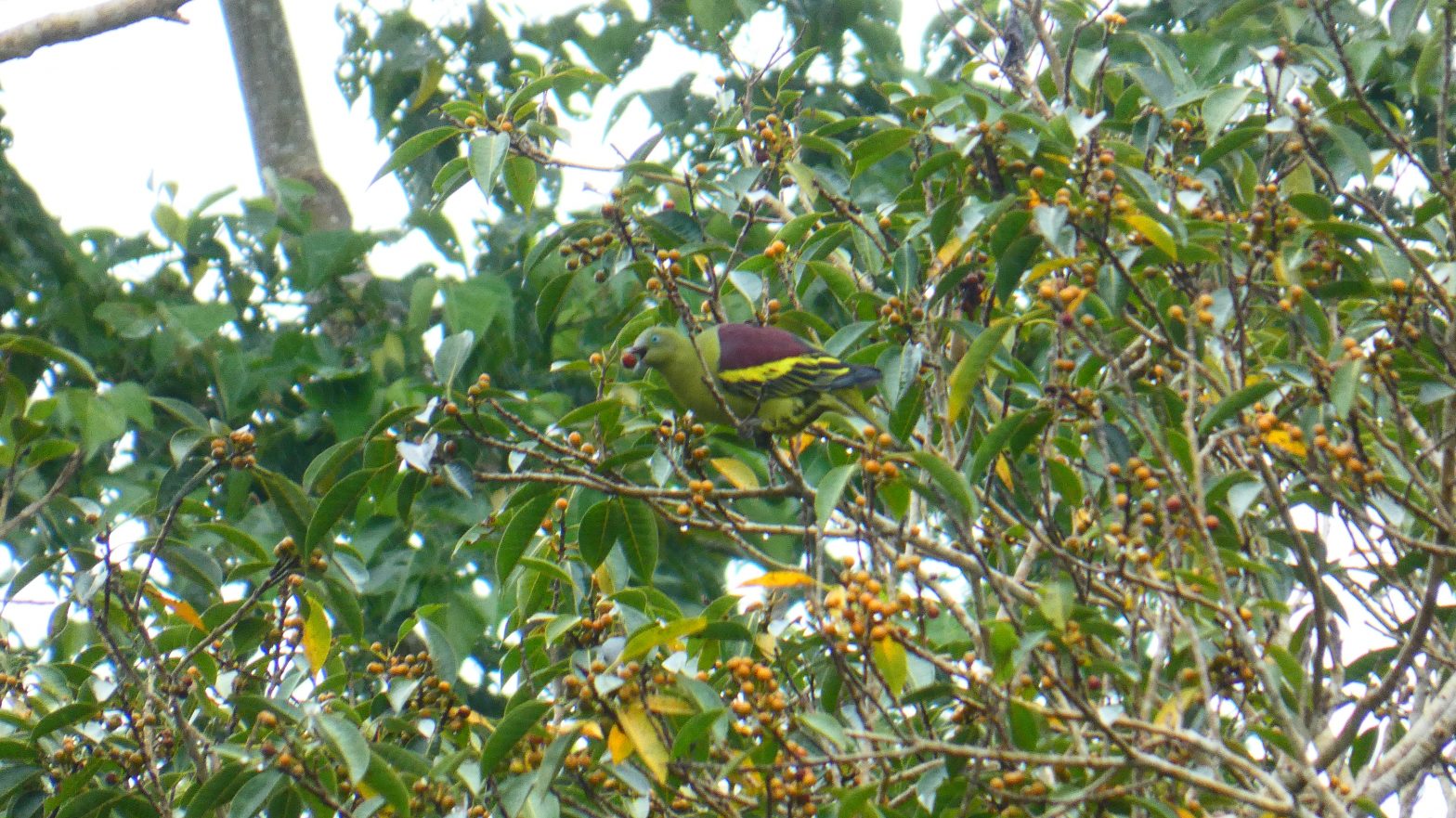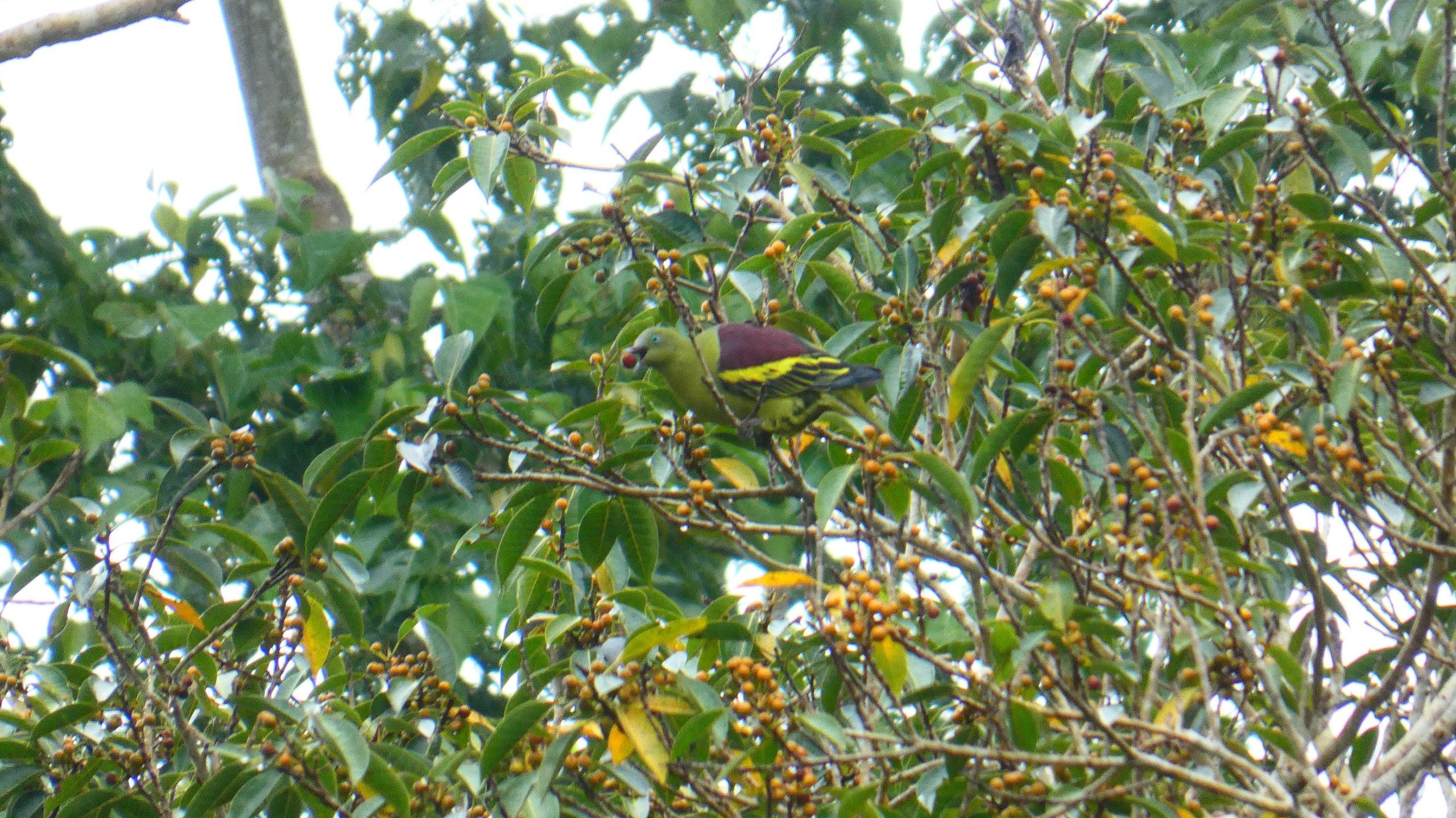Pinoy inventor investigates abaca spacesuits and other nanotech innovations
Published: November 20, 2023
By: Harvey L. Sapigao
Nanotechnology is a bustling field that opens the door to innovation across a wide variety of industries, from fashion and clothing to health and wellness. With this in mind, Dr. Gil Nonato Santos launched the iNano Research Facility in 2006.
iNano aims to provide nanotech-related services to academic institutions and industries, from manufacturing nanoparticles to nano-coating materials. Its diverse range of projects includes an abaca fabric coated with nanocomposites that can be used for spacesuits. Another project is focused on detecting lung diseases such as active tuberculosis, which affects 10 million people worldwide.
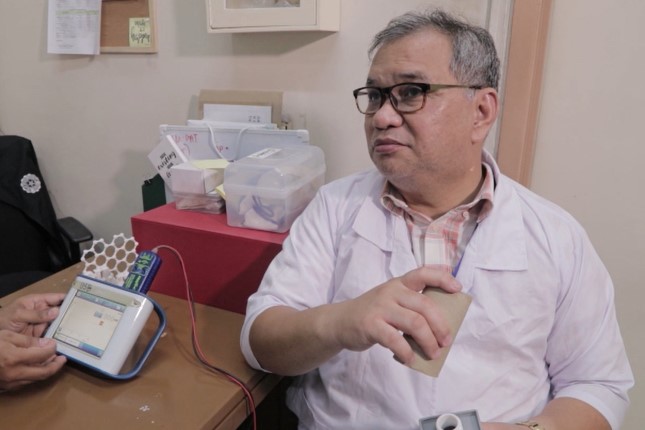
Dr. Santos received his doctorate from the University of the Philippines – Diliman National Institute of Physics (UPD-CS NIP). He is currently a full professor at De La Salle University – Laguna (DLSU-Laguna) and a visiting professor at Osaka University.
Based out of DLSU-Laguna, iNano has collaborations with institutions and companies across the globe, including a prestigious partnership with Integrated Microelectronics Inc. (IMI), a global company that manufactures electronics and semiconductor supplies, and support from USAID. iNano also has collaborations with the Lung Center of the Philippines and National Taiwan University.
More of iNano’s achievements and goals will be discussed by Dr. Santos at the next iStories session on Monday, November 20, at 4:00 PM. He will give his talk at the CS Admin Auditorium and will also be live streamed on Zoom. To join, you may register through this link: https://bit.ly/iStories6
iStories is a series of monthly innovation-themed talks, storytelling, and activities featuring local and international scientists. The initiative aims to ignite the creativity and inventiveness of young scientists not just from UPD-CS but also from other institutes inside and outside of UP.
For inquiries about iStories, please message adride_staff@science.upd.edu.ph
For interview requests and other media concerns, please contact media@science.upd.edu.ph

